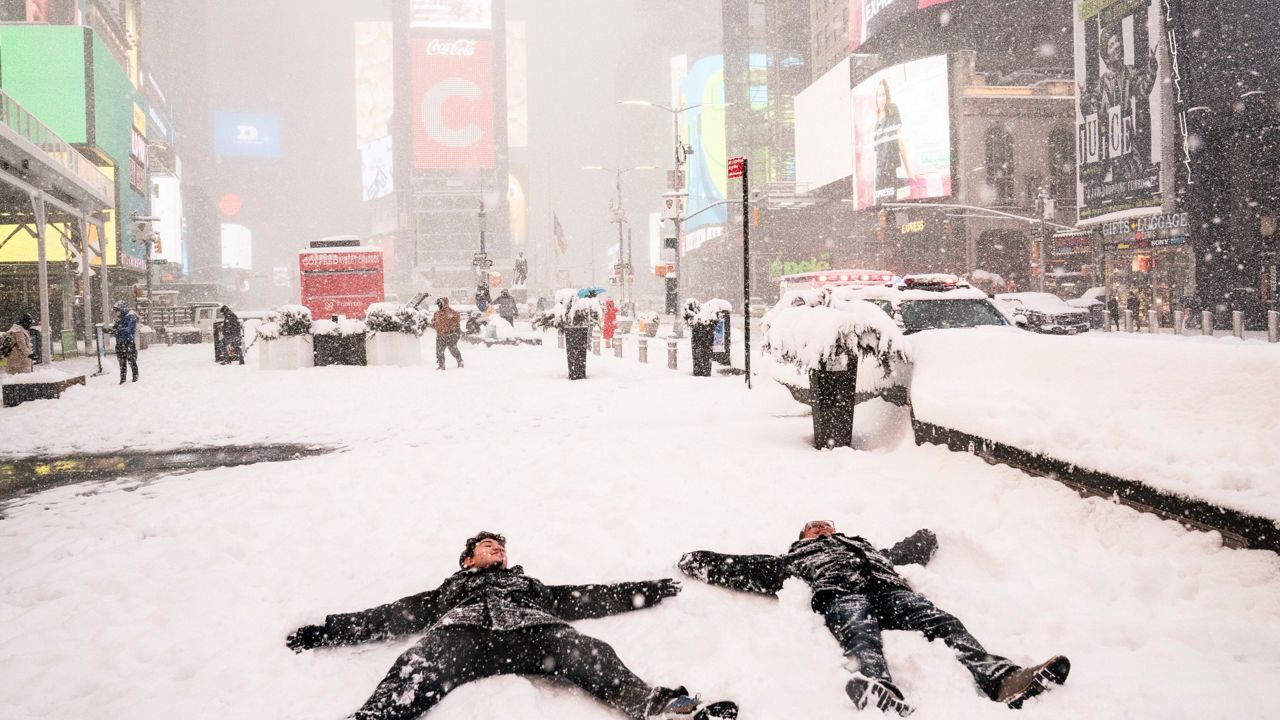Biggest snowfall. It seems that snow is waving goodbye as temperatures rise worldwide due to human-made climate change. But this isn’t just about less snow for snowball fights—it could mess up the balance of our planet and put water and food supplies in jeopardy for millions.
What’s Up with Snow?
Experts say the future is looking pretty clear: in a warmer world filled with human-made pollution, rain will likely replace snowfall. Sure, at first, climate change might bring about some mega winter storms, leading to a snowy year or two (like in the Northeast US). But as the Earth warms up, those snowy years will become rare, and eventually, we might see snowfall vanish almost entirely.

Thermodynamics at Play
According to Brian Brettschneider, a brainy climate scientist at the National Weather Service, even though we might see some changes, the laws of thermodynamics will eventually take over. As the Earth keeps heating up, snow is more likely to turn into rain.
Not a Straight Snow Decline
Justin Mankin, a climate scientist at Dartmouth College, explains it’s not a simple snow-and-temperature game. There’s a tipping point where once we hit a certain temperature, we’ll see snow vanish faster. In simpler terms, a bit more warming could cause areas that haven’t lost much snow yet to start losing it fast.
Snowy Decline Already Underway
Here’s the scoop: Snowfall globally has already dropped by about 2.7% since 1973. Brettschneider looked at data from the European Union’s Copernicus Climate Change Service and found that the Northern Hemisphere’s middle areas, where the US and lots of folks live, have seen a noticeable decrease in snow.
Snow’s Hidden Powers
Snow isn’t just pretty; it’s like a natural storage tank for water. Jessica Lundquist, an environmental engineering pro at the University of Washington, explains that snowpack—the snow that piles up over the winter—holds water like a reservoir. When it melts later in the year, it’s vital for water supplies.
Water Worries
The big worry is in places like California, where snowmelt from the mountains supplies water during the dry season. Declining snowpack means less water for people, farms, and nature. Studies even predict a drop of over one-third in the West’s snowpack levels by 2100 if pollution keeps rising.
Snow Trends Across the Map
The Western US is seeing a significant drop in snowfall over the last 50 years, according to the maps. This lines up with other studies showing a decrease in snowpack at most sites in the West.
Northeast’s Snowy Twist
Surprisingly, while the maps show more snow in the Northeast, there’s a twist: more snow, but on fewer days. Experts think this might be tied to the wilder winter storms we expect with climate change.
Snow, Water, and a Delicate Balance
Snow loss doesn’t mean straightforward water loss, explains Mankin. It’s not about the amount of snow but the water it holds. Fluffy snow holds less water than dense snow. Plus, intense rain from extreme weather might offset snow loss in some places.
Managing Water without Snow
Mankin’s research highlights the challenge: up to 2 billion people who rely on melting snow for water could lose up to 67% of it. Places like South Asia, the Mediterranean, and North Africa could struggle for water.
Finding Solutions in a Changing Climate
While missing snow poses a challenge, Mankin and Lundquist say there’s ongoing research to understand the complex snow-water relationship. Learning more will help plan better for a world with less predictable snow. They believe it’s about finding multiple solutions at different levels to manage water in this new climate.
Adapting to a New Normal
Managing water like before won’t cut it in this changing climate. Historical weather norms aren’t relevant anymore. Mankin emphasizes the need for updated infrastructure and practices to adapt to this evolving climate.
Understanding the complexities of changing snow patterns and their impact on water supplies is key to adapting to a climate that’s rapidly transforming.
